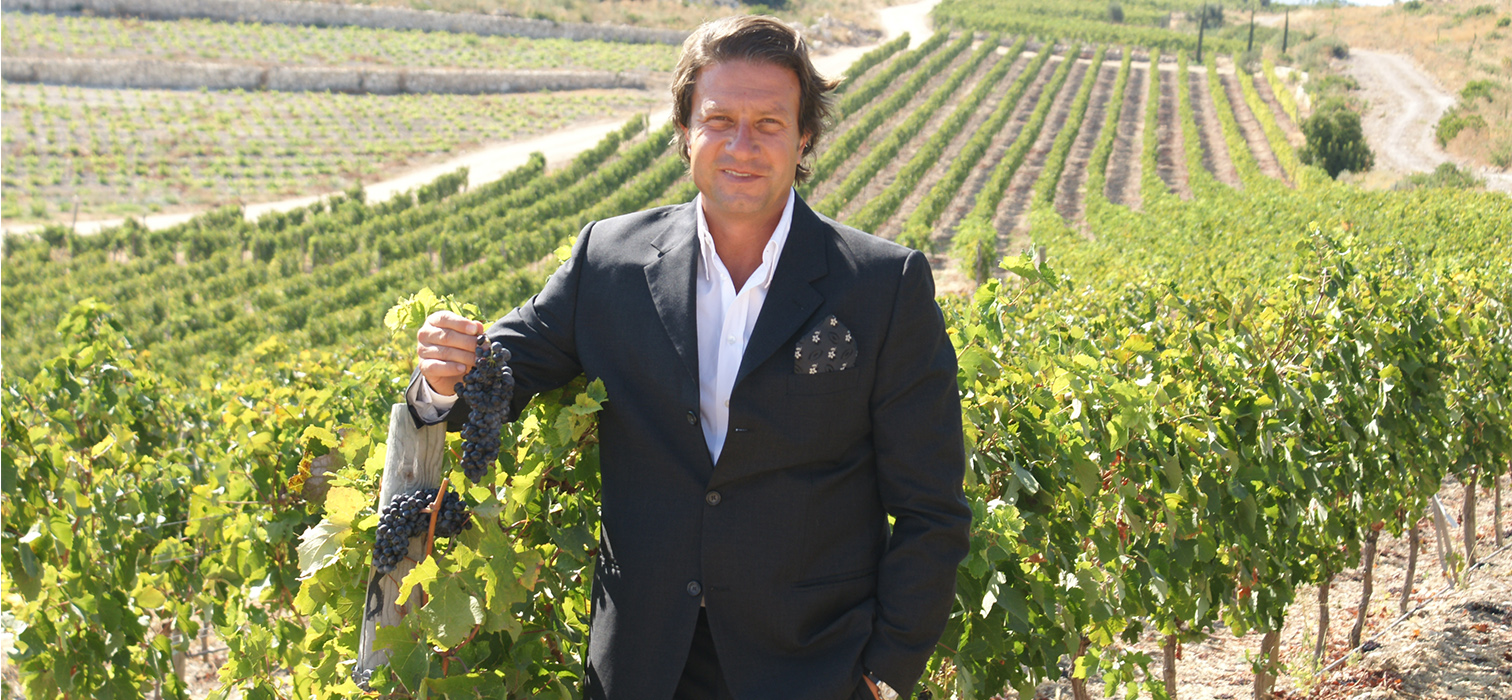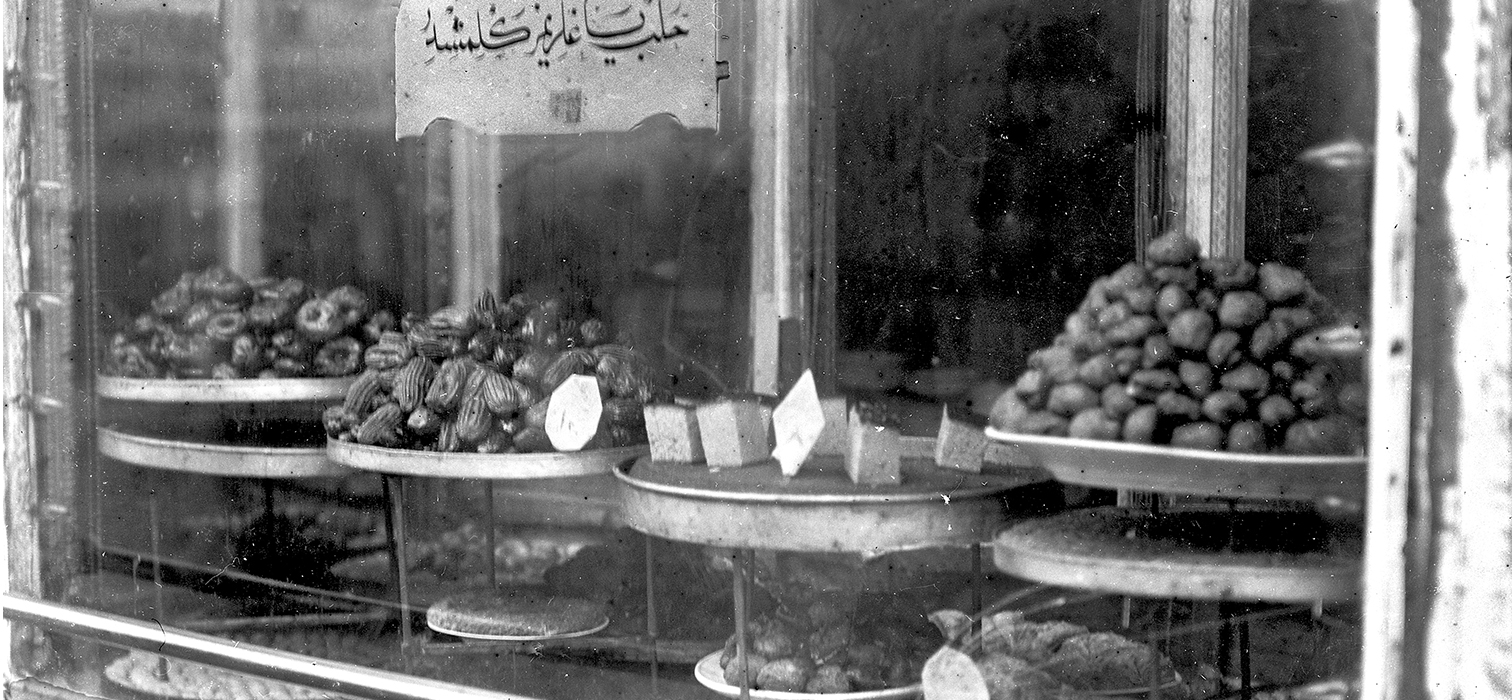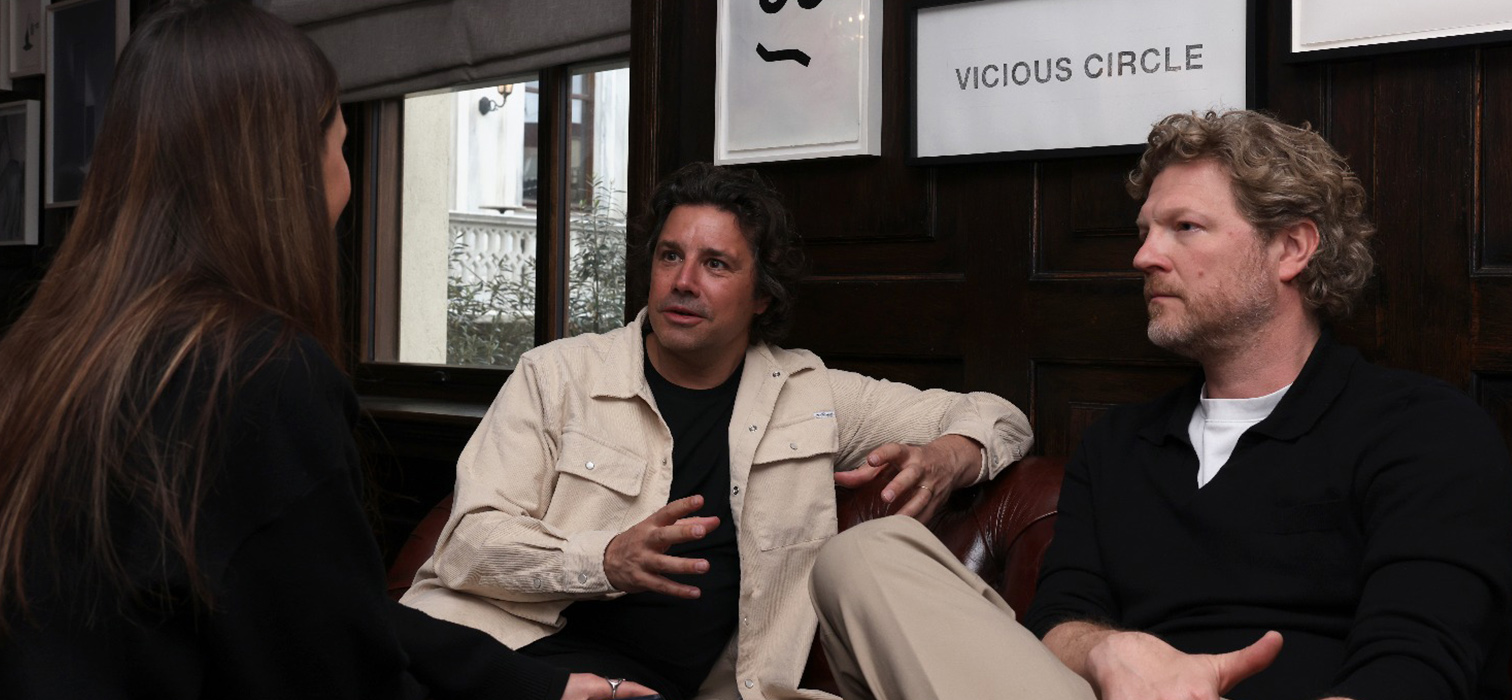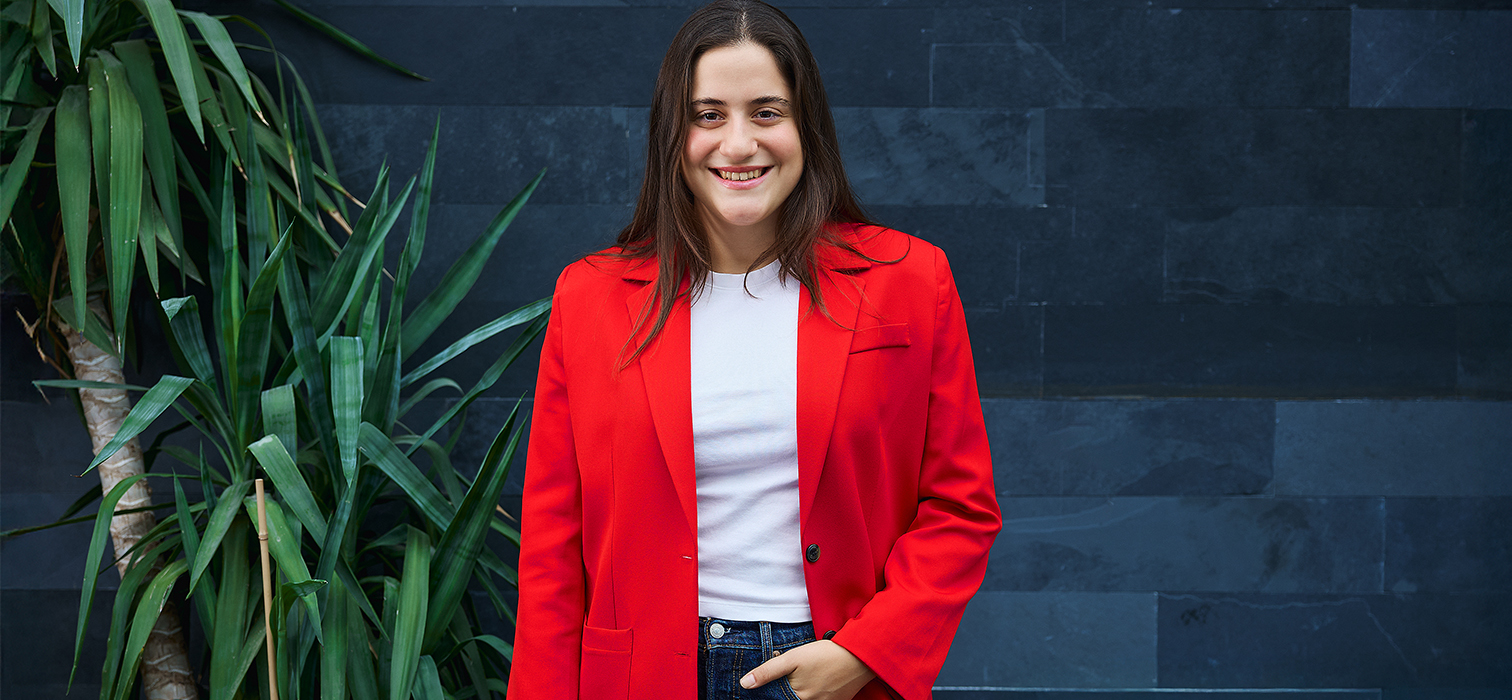

From a quiet observer at her sister’s swimming practices to the first Turkish woman to conquer the North Channel… We caught up with Aysu Türkoğlu to discuss her journey from childhood to the Ocean’s Seven challenges…
Sixteen hours of battling icy waves, encounters with venomous jellyfish, glimpses of land while gliding through a pitch-black ocean—all while crafting her unique narrative in the vast depths of water. Aysu Türkoğlu is an open-water swimmer who redefines her limits and reconnects with nature’s raw power on every course. What began in childhood as a quiet fascination with her sister’s training sessions has evolved into a quest to complete the legendary Ocean’s Seven swims. We spoke with Aysu about her journey of resilience and discipline, discovering an inspiring athlete whose accomplishments and authenticity resonate far beyond the water.
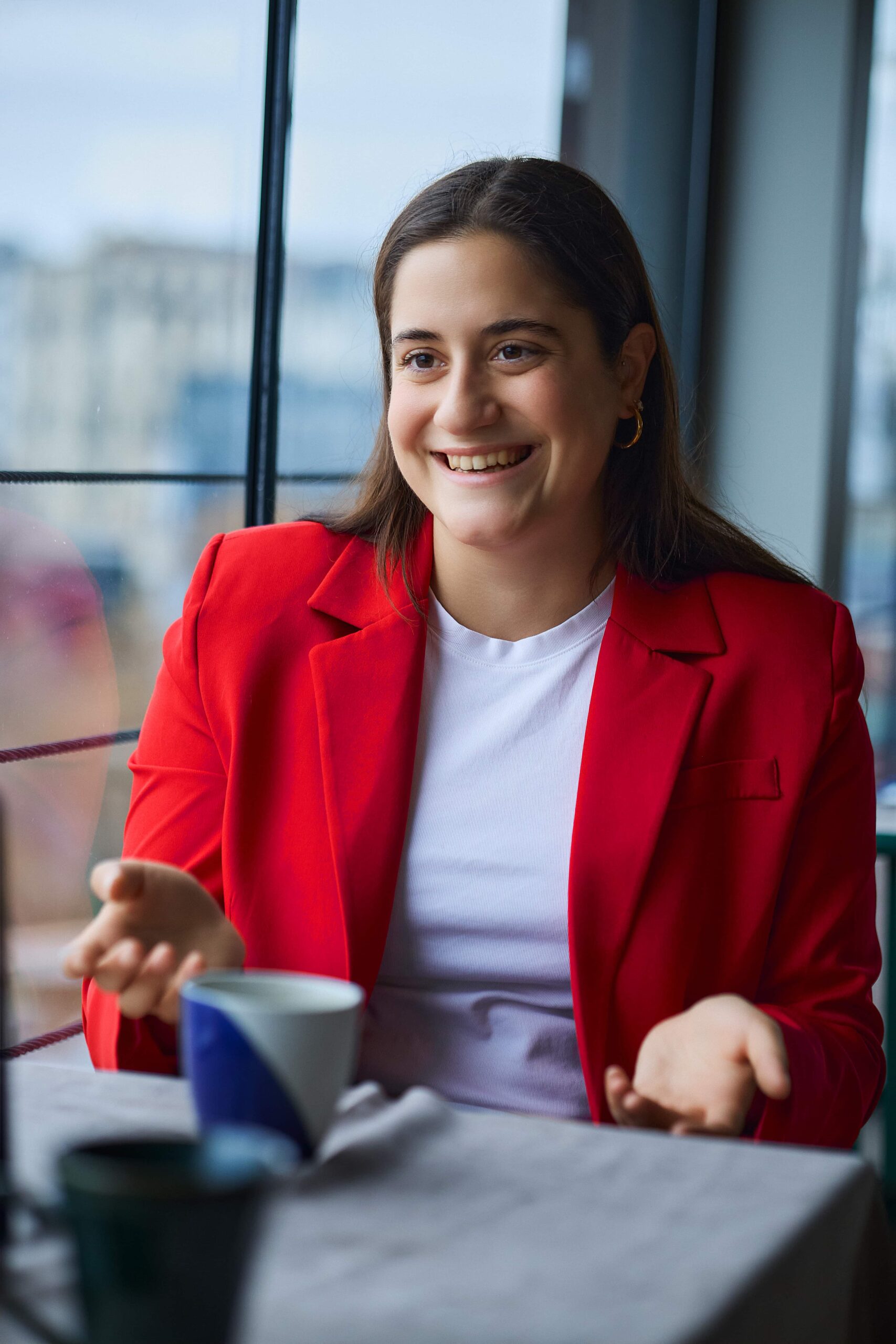
You’re doing incredibly meaningful work. Looking back, what or who do you consider the key influences that brought you to where you are today?
My sister was a swimmer, and our family often attended her training sessions. While waiting for her, I’d watch from the poolside, fascinated by what they were doing. I also loved going to the sea, always with my armbands on, of course. I felt drawn to swimming, but something kept holding me back. I think it might have been my fear of my sister’s coach. When he left and a new coach arrived, I finally told my father, ‘I want to start swimming.’ Without hesitation, they took me to lessons, and I began in the first grade. At first, things went well, but over time, I started to lose interest. Then one day, my coach asked a teammate, ‘Egemen, there’s a 1.5-kilometer race. Would you like to participate?’ Egemen was the best swimmer on the team, but he quickly declined, saying he couldn’t swim that far. Curious, I asked about the other race distances, and the coach listed 1.5, 3, and 6 kilometers. To his surprise, I said I wanted to try the 6-kilometer race. He hesitated and warned me against it since I’d never swum that distance before, but I was determined. I signed up, swam the race, and finished first in the women’s 6-kilometer division. That was the turning point. During the medal ceremony, they introduced the first Turkish team to cross the English Channel and presented them with a plaque. I was intrigued and started researching what the English Channel was. I discovered it was part of the Ocean’s Seven courses and told myself, ‘Aysu, you can do this too.’ I was 13, just starting high school, and the idea of crossing channels was planted in my mind. Now, years later, I’ve made it a reality.
“In Turkey, brands expect guaranteed results for sponsorship. But in open water, nothing is certain.”
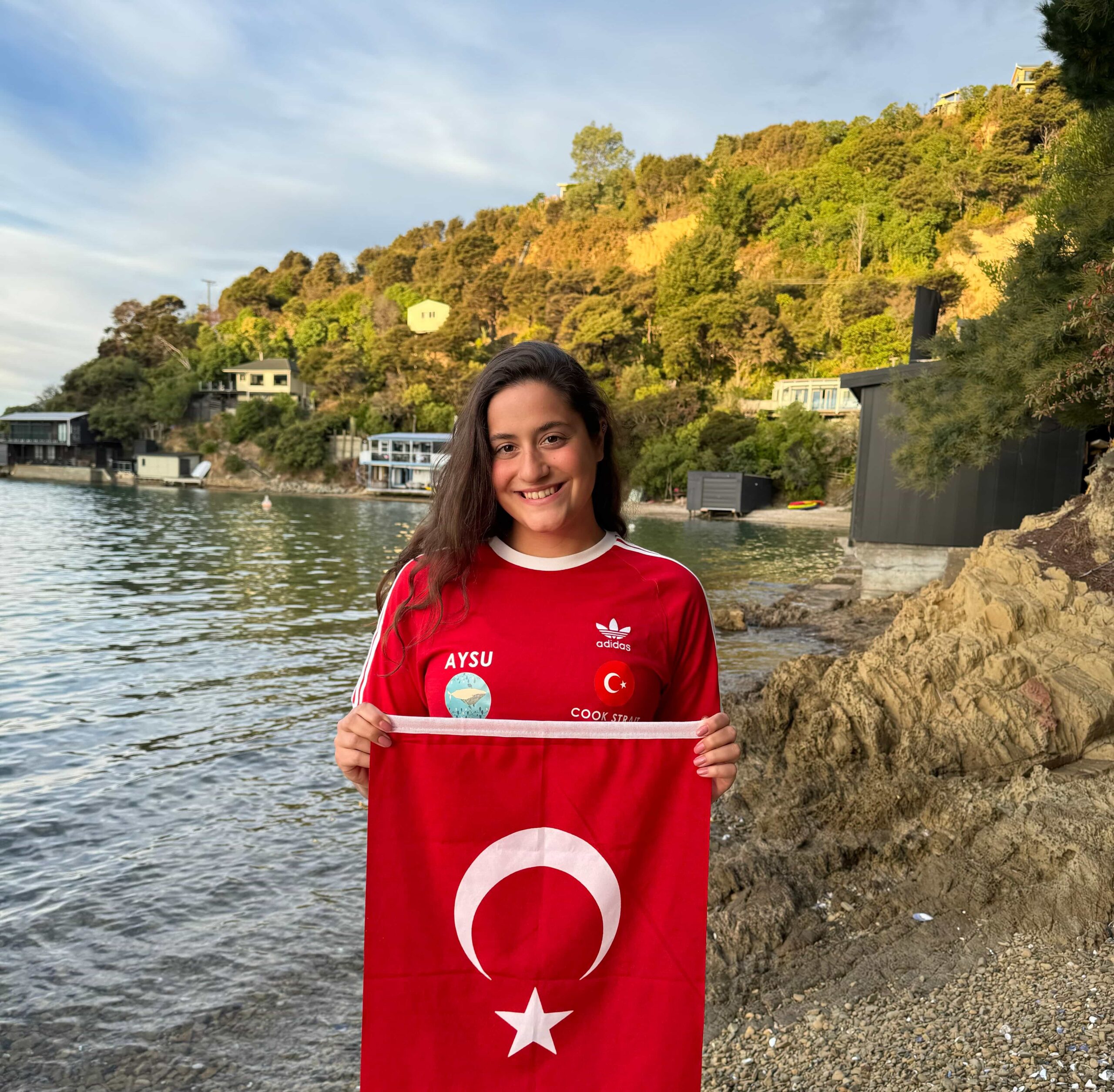
It must be difficult to find support in your professional sports career. How has moving forward without federation backing empowered you, and what challenges have you encountered along the way?
This journey is incredibly individual, and that has its own way of teaching you resilience. It also reveals who truly supports you as you progress. Oddly enough, everyone seems to be there for your bad days, but not all of them stick around when you achieve success. I’ve come to value those who celebrate your good days with you—they’re the ones who matter most.
When I was starting out, especially during my English Channel swim, securing sponsorship was a significant challenge. Thankfully, I was able to overcome it, and now I have sponsors who support me wholeheartedly. That’s something I’m deeply grateful for.
Internationally, the situation is quite different. While they don’t have federations governing transitions either, brands abroad are much more supportive, standing by athletes from the very beginning without hesitation. They trust the athlete to focus solely on their performance, without demanding anything extra.
Here in Turkey, it’s another story. Brands want concrete results upfront; they even want guarantees about what they’ll gain. But in open water, nothing is predictable—the sea and the ocean can change in an instant. There’s a much greater fear of risk-taking here. Abroad, brands are more optimistic about open-water swimming, which makes a huge difference.
Kerem Görsev: “Music is My Sanctuary”
Özgür Daniel Foster: Walking in the Footsteps of Chaplin
Music Icons Through Ebru Yıldız’s Lens
Volvo Cars’ Flagship EX90 in the Hands of Hande Ergitürk
We hope you’ll inspire change in Turkey too.
I hope so!
You’ve achieved remarkable success as the first Turkish woman in many crossings. Which of these was the most challenging for you?
The English Channel was the first channel I crossed, and I was 21 years old at the time. While my physical capability was the same as it is now, my mental readiness wasn’t as strong. It was also the longest swim I’ve done—16 hours and 28 minutes. My biggest mistake during this crossing was setting a specific time in my mind. I thought, ‘I can do this in 12 hours,’ but open water doesn’t work like that. You’re diving into an unpredictable ocean, and you should never set such limits for yourself. That expectation wore me down when the crossing took much longer than I had anticipated. However, it was also my most educational experience. I learned never to fixate on time for future swims. Each channel teaches you something, not only for other crossings but also for life itself. Spending so many hours in the water provides profound life lessons.
The North Channel is notoriously challenging, with its frigid temperatures and jellyfish. What was your experience like?
The North Channel was incredibly cold, but I had trained extensively for that, so I was prepared. I’m not a fan of hot weather, so the cold actually worked in my favor. That said, no amount of preparation can fully convey what it’s like to swim in 13-degree water amid stormy conditions. It’s indescribable. I mentally disconnected from everything else and focused solely on moving forward. The most challenging aspect was the jellyfish—highly venomous ones. I tried to avoid them, but eventually, I swam straight into a cluster. One stung my arm, leaving two painful scratches. It hurt intensely, but there was no alternative. I told myself, ‘Aysu, keep dreaming of reaching the shore and just keep going.’ Another issue was how I had to keep looking forward to spot jellyfish, instead of down into the water. This posture strained my neck and spine, and I ended up swimming for 11 hours and 48 minutes with severe stiffness. Thankfully, I managed to get through it without major complications.
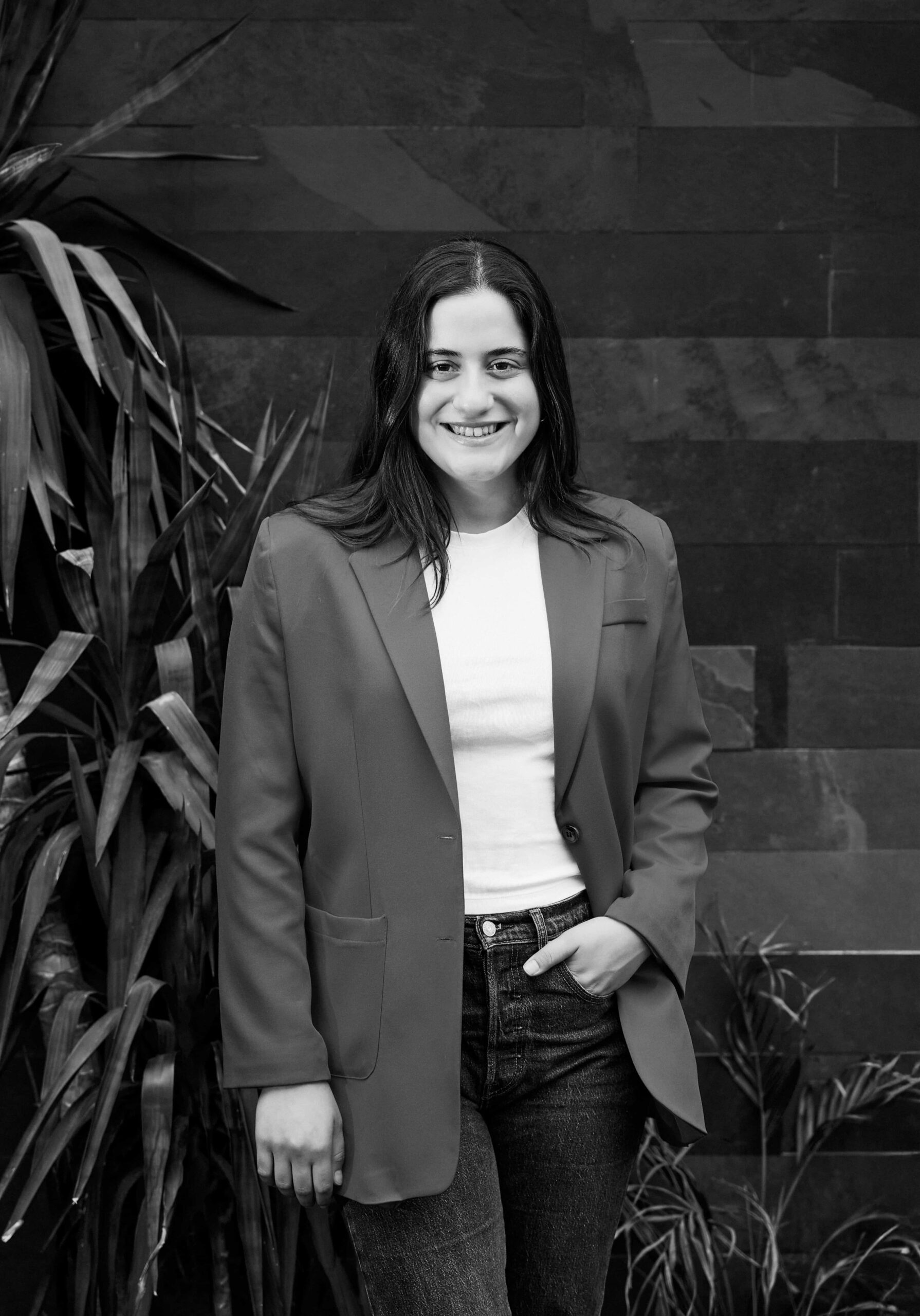
“When I look at the boat, I want to see people who make me happy because what I do is very monotonous. Even though I try to find happiness in different ways, I’m always facing a darkness.”
Can you tell us about the Cook Strait? You completed it in 7 hours and 21 minutes.
Yes, I finished the Cook Strait relatively quickly. Before starting, we had a meeting with the captain. Normally, I was supposed to swim two days later during daylight, but the captain asked, ‘Can you swim at night?’ There’s only one person we know who swam the channel at night before—a record-breaking athlete well-known in this community. No women had done it before. So I said, ‘OK.’ If swimming at night would be better for me, then I’d do it.
A lot of people ask me how I swim at night. Honestly, I comfort myself by remembering that swimming at night is no different from swimming during the day. The challenge for most people is not being able to see, but they forget that as the water gets deeper, you can’t see anyway. During the day, I’m still staring into the same dark, navy-blue water. Nothing changes for me. What happened in New Zealand was that I ended up swimming into complete darkness, and the only lights I could see were from the boat. It felt like I was swimming through the Milky Way. Then, suddenly, I started to notice something darker in the water, and then even darker. I realized I was seeing land, and I was going faster than I expected. That was when I felt a sense of joy—knowing I was nearing the shore. The real challenge of the Cook Strait was the darkness.
What about the Catalina Channel?
Catalina was the last one I completed. It had a rough start. I swam through a lot of waves for the first two and a half hours. The journey started from a marina, and they took me to Santa Catalina Island. From there, I swam toward the coast of Los Angeles. I had a canoe alongside me, and I had to swim in line with it. There were waves, and I had to keep an eye on the canoe. My arm started to cramp early on, which was a trigger for me. When that happened right at the beginning, it completely changed the flow of the swim. I had to learn that not everything will go smoothly from the start. I had to adapt and build resistance to every condition. Each swim is its own lesson.

Swimming is a mentally and physically exhausting sport, especially the way you do it, being alone with your thoughts for hours. What goes through your mind in those moments?
I work on my mental state regularly, especially with my therapist. The clearer my mind is, the better I swim. I can say that for sure. The more chaotic or negative my thoughts are, the harder the swim becomes, especially for me in the English Channel. Back then, I didn’t know how to manage my mind. I swam in all kinds of difficult conditions, including rough waves, and my head was just as chaotic.
The clearer I can make my mind, focus on the goal, and think about the moment I’ll land on the shore, the easier it is. My therapist recently gave me a suggestion: “Aysu, write your own story.” I’ve never said this before, but when I start my swim, I think of a girl named Aysu, and I create her story as I swim. It keeps me busy for an hour or two during the swim.
Besides that, I usually focus on what I’ll do when I get out—where I’ll go, what I’ll eat. Especially with the channels I cross, they’re usually in countries I’ve never been to. So, thinking about those moments that motivate me or make me happy helps me push forward, and the end of the swim always brings me closer to land. I guess that’s the best part: thinking about the end.
Nyad on Netflix was about a 60-year-old woman who, after many attempts, managed to swim 53 hours from Cuba to Florida. It was an incredibly moving and inspiring movie. Does Aysu Türkoğlu have similar inspirations?
Actually, I’m not inspired by just one thing; I can draw inspiration from everything. I’ve been inspired by my primary school teacher, my grandmother—people with their own stories who fight to hold on to them. I’m trying to do the same, holding on to my own story. I believe that if I take a little bit from each story, piece by piece, instead of focusing on a single perspective, it will make me more unique. The journey itself is my inspiration.
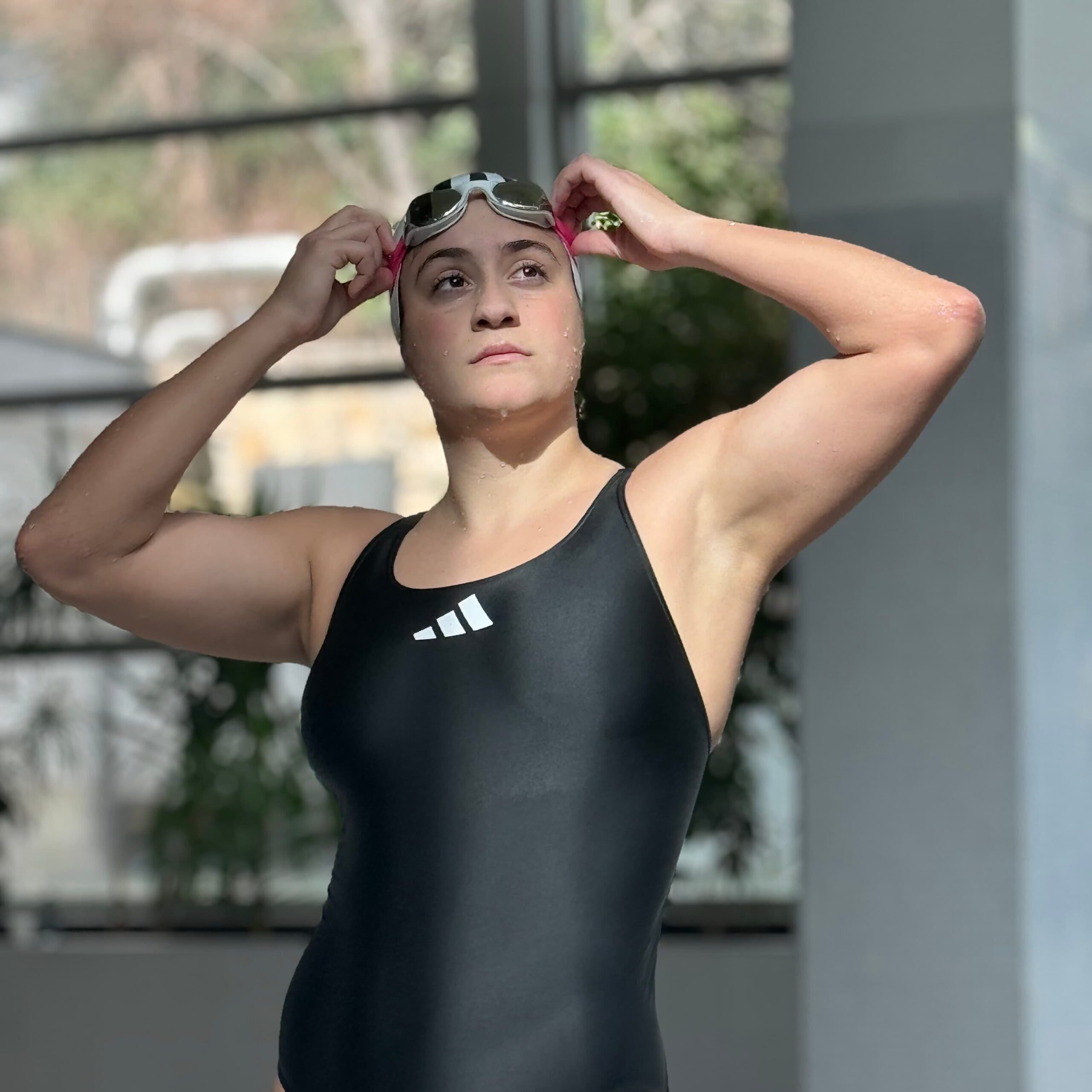
I think it’s very important to communicate with your team and determine the right strategy while crossing the channels. How do you think your relationship with them affects your swimming performance?
I always want to look at the boat and see people who make me happy, every time. What I do is very monotonous, and even though I try to make myself happy in different ways, I’m always looking at the darkness. But when I breathe and look at the boat, seeing people laughing with me really motivates me a lot.
There’s also a very chaotic environment on the boat. Someone is swimming, and you’re entrusted with their life. I can say this very clearly, having done this job once or twice for a friend. It’s a very difficult job because you’re in charge of the athlete’s nutrition, their pain relief if they’re struggling, and half of their safety. It’s a huge responsibility. Apart from that, the visibility of this work is incredibly important. Sharing it, publicizing it—videotaping it, broadcasting it live—all of these are huge tasks. That’s why I always try to choose people who will make me happy and who are skilled at their jobs. Thankfully, it has worked out that way.
“I love what I do, it’s this love that gets me up at four in the morning, it’s this love that allows me to swim for another 12 hours even if it hurts…”
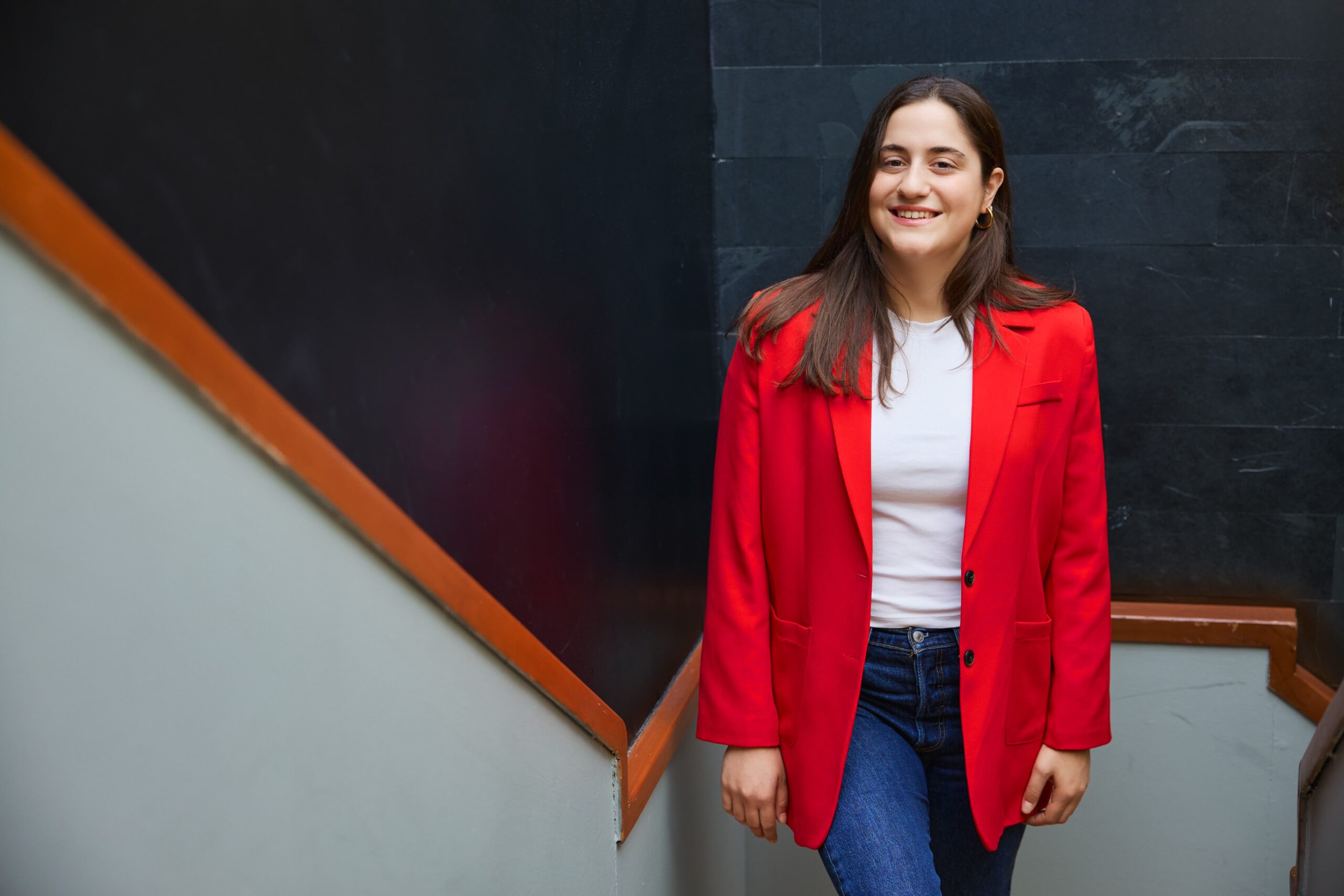
Swimming requires serious discipline, of course, but everyone has an ‘escape point.’ What do you do to take time for yourself or to rest your mind?
I meet with my friends. It’s not just about meeting them—it’s what I call “normal human activity.” This is what I need the most. For example, I arrived in Istanbul yesterday, and there was a lot going on with training, physiotherapy, and so on. But last night, at half past ten, I was playing Taboo at my friends’ house. That was the biggest therapy for me. Just being able to do normal things—things that my peers do—makes me feel alive and vibrant. It’s those normal human activities that keep me grounded.
Are there any principles you set for yourself to achieve a goal? Like a routine, a habit that you never deviate from?
I can say it all boils down to one general principle: Discipline. It’s indispensable. In my sport, if there is no discipline, it’s really impossible to succeed. At the same time, I love my job. When those two things—discipline and love for what I do—come together, there’s nothing I can’t do. It’s this love that gets me up at four in the morning, and it’s what allows me to swim for another 12 hours, even if it hurts.
Realizing big dreams must be an experience that brings new dreams. What’s on the horizon?
First of all, finishing the Oceans Seven. In 2025, I’m planning another crossing—my Hawaii Channel in April. I try to enjoy the new crossings as much as I can, without putting too much pressure on myself. I’ve already done three transitions this year, and it’s been mentally and physically exhausting. So, I’ve learned that lesson this year: try to reach your goals with pleasure. Aside from that, I want to work on improving myself in other areas. For example, I have a talent for drawing, and I want to focus on that a bit more.
What message would you give to a young Aysu just starting her swimming journey?
There will always be obstacles. There will be walls and bumps. There will always be people trying to get in front of you. Forget about it. Focus on your own goal. Push the obstacles away with your hand. At the end of the day, if you love it and you want to do it, you will reach that goal anyway. So please hold on to that goal and love it and see it through to the end.
Achievements
Became Turkey’s youngest Channel swimmer by crossing the English Channel in 16 hours and 28 minutes.
Completed the North Channel in 11 hours and 48 minutes, becoming the first Turkish woman and youngest athlete to conquer it.
Crossed the Cook Strait in 7 hours and 21 minutes, marking another major success.
Earned the “Triple Crown of Open Water Swimming” by completing the Catalina Channel in 11 hours and 36 minutes, advancing her progress through the Oceans Seven stages.

